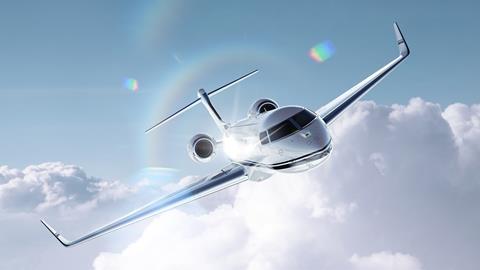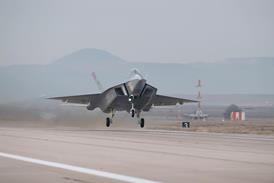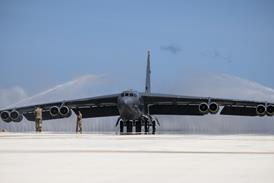Quieter flights, reduced energy costs, and no carbon footprint.
These are the goals of the Aircraft Electrification group at BAE Systems, a leading aerospace technology company that is hard at work innovating a new era of aviation. In support of the aerospace industry’s goal of net zero carbon emissions by 2050, BAE Systems is bringing together decades of demonstrated cross domain expertise in integrating flight controls and propulsion solutions to electrify the next generation of aircraft.

Our company has been powering hybrid-electric ground vehicles for more than 25 years and has an installed base of almost 20,000 systems. We also have five decades of experience in developing and certifying fly-by-wire flight controls for both commercial and military aircraft. We are continuing to innovate and evolve solutions that also address the requirements of a rigorous certification process.
Our vision for the future of aircraft focuses on three critical technologies:
- Energy Storage Systems: We were the first to design and manufacture lithium-ion based energy storage systems for the transit market and have installed over 19,000 systems worldwide. Our investments in battery modeling, advanced materials and packaging concepts, and smart battery management systems are allowing us to optimize solutions for the aerospace market.
- Integrated Control Systems: BAE Systems has more than 40 years of experience developing, certifying, and supporting flight controls for commercial and military aircraft. We are miniaturizing hardware, integrating multi-core processors, and streamlining software development to create the foundation for next-generation electrified aircraft. These innovations reduce energy consumption, lower the cost of operations, and ensure availability of aircraft.
- Power Conversion: We have extensive experience in the packaging, cooling, and control of advanced wide band gap-based power switching. Our company has developed solutions that meet the extreme requirements of aerospace, delivering clean, safe power across the aircraft to smooth the adoption of electric architectures.
We are squarely at the intersection of legacy and innovation… and it’s a critical merge.
Unlike traditional aircraft where flight control, energy distribution and engine control are thinly connected in a federated system, the convergence of energy storage, power electronics and electric propulsion requires highly integrated management and control solutions.
This involves changes to how we design flight and propulsion controls. We need to switch to hybrid-electric or all-electric systems which allow for innovative designs like multi-rotor solutions and unique ways to manage airflow, giving manufacturers fresh ideas for aircraft. Traditional air transport designs will be complemented by new electric vertical takeoff and landing (eVTOL) aircraft, blended wing bodies, and thin wings, which will improve efficiency and open new markets for air travel both locally and abroad.
As part of our commitment to supporting emerging aircraft electrification programs, BAE Systems is currently expanding our operations in Endicott, New York. Our company is building a 150,000-square-foot facility that will be dedicated to high-voltage energy storage systems development, manufacturing, field support and advanced affordable and sustainable aviation solutions.
With our industry partners, regulatory agencies, and dedicated engineers, BAE Systems is ensuring that operating in tomorrow’s skies is cheaper, greener, and more efficient. It’s an electrifying journey that will change the future of air travel.























